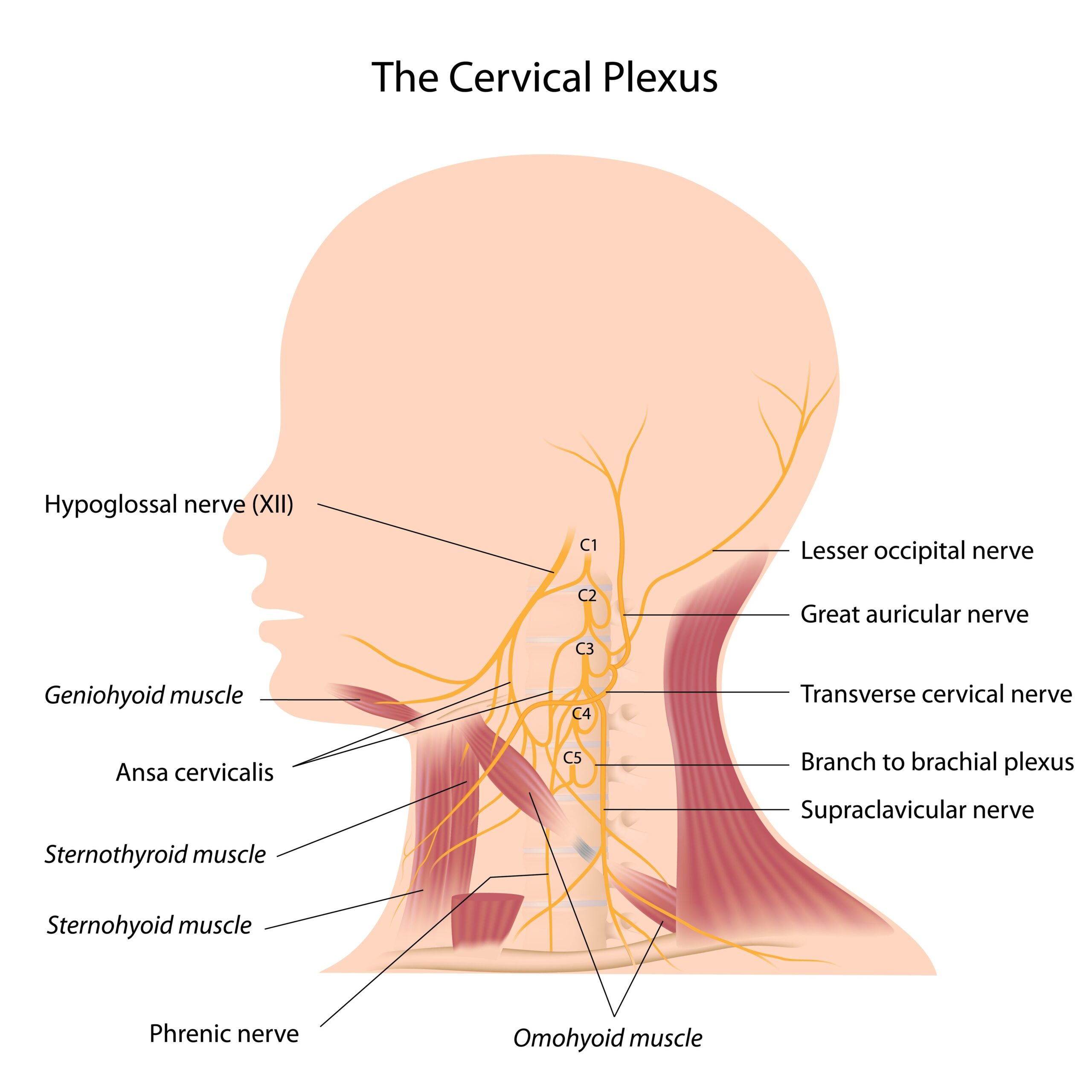
By Dr. Aaron Dutruch
The term cervicogenic means “originating from the neck”, and as a chiropractor I see this condition almost daily. Symptoms are often neck pain, tightness and tension—which may eventually lead to headaches. These cervicogenic headaches are more likely to start toward the end of the day. They follow the occipital nerve tract, which starts at the base of the skull, and can move to the side of the head and even the forehead. They are usually one-sided and can be made worse by incorrect neck position and movement. In extreme cases, they can even cause nausea and dizziness; as well as an increased sensitivity to light and sound.
Treatment: There are many options for treatment. The “go-to” for most chiropractic offices is the cervical adjustment. This technique helps to relieve the tension within the joints and muscles of the neck, allowing for greater pain-free range of motion. This reduces the pressure from the primary structures responsible for cervicogenic headaches. If a patient is opposed to having their neck adjusted, gentler techniques can help as well. These techniques involve manually stretching and decompressing the joints, as well as working on the muscles in the neck and base of the skull. Using these techniques, chiropractors can achieve results similar to a neck adjustment. Additionally, there are other techniques that focus specifically on the musculature, such as: dry needling, massage therapy, laser therapy, electrical stimulation and instrument assisted soft tissue mobilization (IASTM). Outcomes vary from person to person, but on average, we see significant results within the first few visits.
Prevention: As previously mentioned, cervicogenic headaches start in the neck. Because of this, your posture plays a major role in the development of neck tension and headaches. It’s estimated that for every inch forward your head is from a neutral position (ears over shoulders), you add roughly 10 pounds of pressure for the neck muscles to hold up. Over time this causes some of the chronic tension many people suffer from.
Nutritional counseling may also be helpful. One of my common recommendations for patients dealing with chronic tension, and cervicogenic headaches, is to increase the amount of magnesium in their diet. Natural sources of magnesium include avocados, nuts (especially cashews), leafy green vegetables and bananas; which both have potassium and B-vitamins. Magnesium is used by the body for many different functions, but it plays a big part in helping your muscles to relax. On average, you should aim to get around 400 mg each day; natural sources being the best, but supplements will suffice.
An increase in stress can be another contributor to neck tension and headaches. Make sure you find time toward the end of your day to wind down a bit. Do something you enjoy, whether that’s time with your family, reading a book or exercising. Mental well-being is especially important to your overall health.

Dr. Aaron Dutruch received his BS in Kinesiology, Fitness and Human Performance from LSU and his Doctorate of Chiropractic from Texas Chiropractic College. He utilizes Functional and Kinetic Treatment with Rehabilitation (FAKTR).
If you’re suffering with headaches, call a chiropractor near you. They will do their best to get to the root of the problem, find the technique best for you, and get you on a better path to total wellness.



